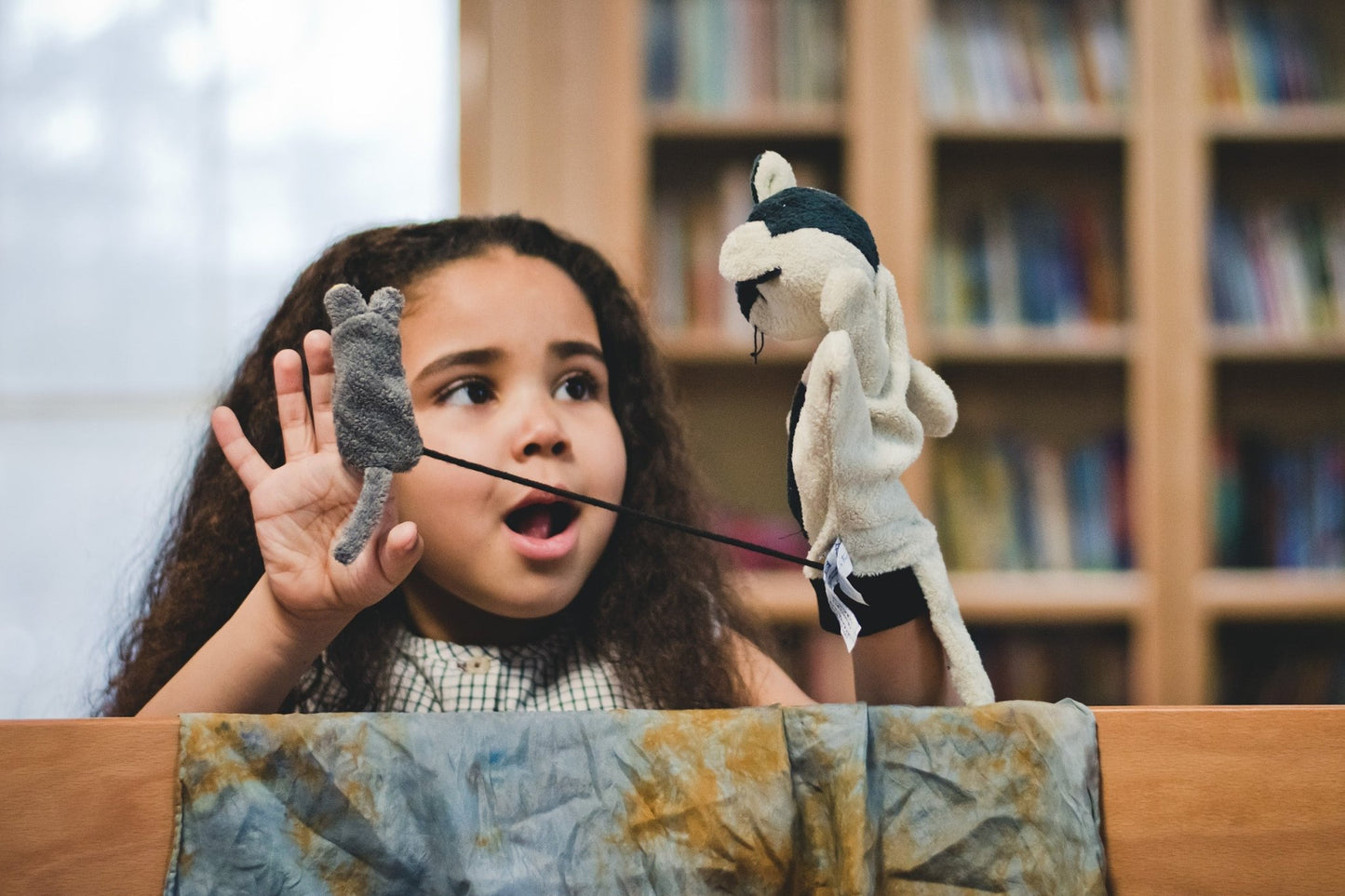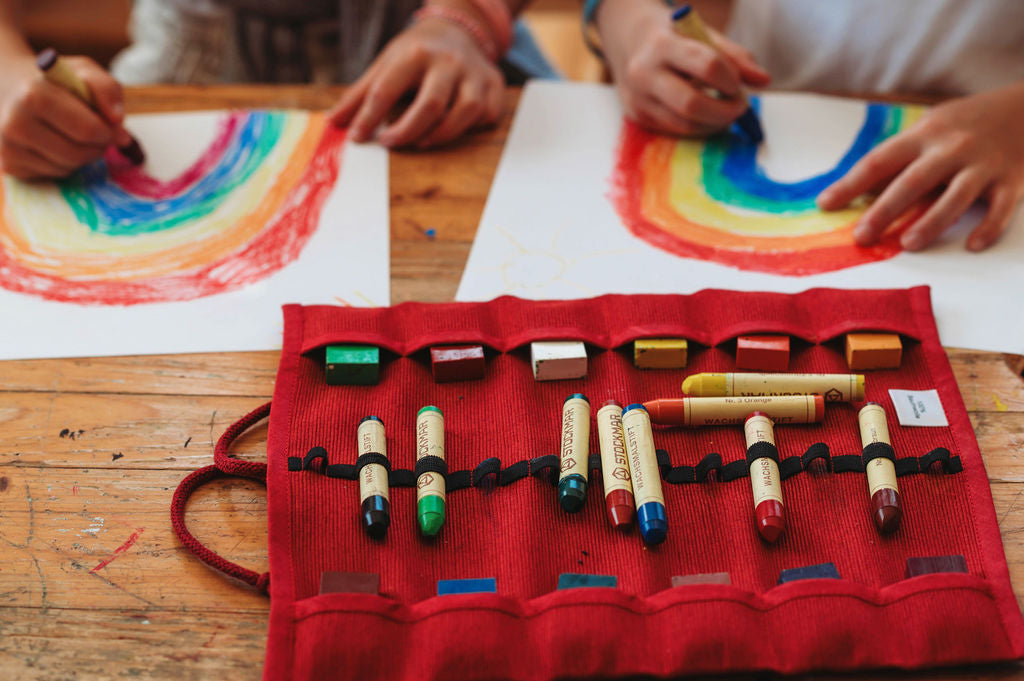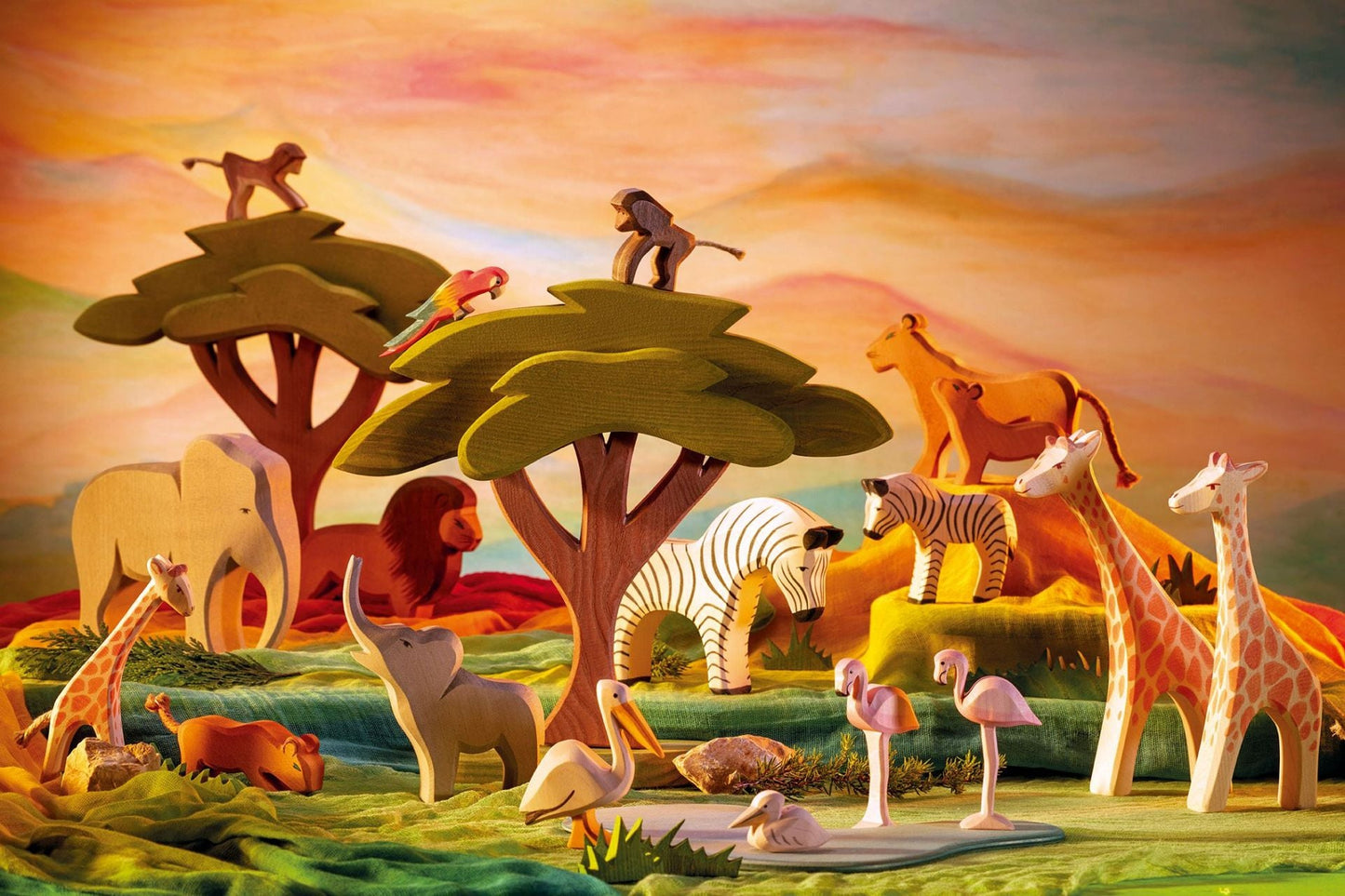
Puppets have been enchanting audiences for thousands of years, transcending cultures and generations. These miniature performers have evolved from sacred objects in ancient rituals to beloved characters in children's shows, and powerful tools in education and therapy.
Let's embark on a journey through the fascinating world of puppets and explore their enduring appeal.

A Brief History of Puppets
The art of puppetry dates back to ancient civilizations. In Egypt, articulated dolls were found in tombs dating back to 2000 BCE. In ancient Greece and Rome, puppets were used in religious ceremonies and theatrical performances. Asian cultures, particularly in India, China, and Japan, developed sophisticated puppet traditions that continue to this day.
Early puppeteers often had two primary goals: entertainment and education. In medieval Europe, traveling puppet shows brought stories and news to illiterate populations. Puppets were also used to convey religious messages and moral lessons. As puppet historian Eileen Blumenthal notes, "Puppets have always been a way to say things that humans couldn't or wouldn't say directly."
Educational Goals of Puppet Shows:
Today, puppets remain powerful educational tools. For audiences, puppet shows can introduce complex topics in a non-threatening way. Educational psychologist Dr. Susan Linn explains, "Discover the magical world of puppets: their history, educational value, and therapeutic uses. Learn about puppet types, common themes, and why these timeless performers continue to captivate audiences of all ages."
When children create their own puppet shows, they develop a range of skills. Language arts educator Carol Bomer observes, "Creating puppet shows encourages storytelling, improves verbal skills, and fosters creativity." Children also learn collaboration, problem-solving, and empathy as they bring characters to life.
Puppets in Child Psychology
In therapeutic settings, puppets have proven invaluable. Child psychologist Dr. Garry Landreth states, "Puppets allow children to express feelings and experiences they might not be able to verbalize directly." Puppets have been particularly effective in treating trauma and helping children discuss sensitive subjects like abuse or family problems.
Types of Puppets:
There are many different types of puppets, depending on materials used, or construction, or goals. Here are some of the most popular types of puppets.
- Marionettes: Controlled by strings from above
- Hand Puppets: Worn on the hand and manipulated by fingers
- Rod Puppets: Controlled by rods from below
- Shadow Puppets: Flat figures projected onto a screen
- Bunraku Puppets: Large puppets operated by multiple puppeteers
- Ventriloquist's Dummies: Mouth operated by the puppeteer's hand
- Sock Puppets: Simple puppets made from socks
- Bath Puppets: Waterproof puppets for bath time play
- Finger Puppets: Tiny puppets worn on fingertips
- Washcloth puppets: Puppets designed for play in the bathtup
What other types of puppets can you think of?

The Power of Puppets:
What makes puppets so effective across various domains? Puppet designer Faye Dupras explains, "Discover the magical world of puppets: their history, educational value, and therapeutic uses. Learn about puppet types, common themes, and why these timeless performers continue to captivate audiences of all ages."
This suspension of disbelief allows puppets to tackle serious subjects with a light touch. For instance, Sesame Street has used puppets to discuss everything from death to racial equality. As Sesame Workshop's Dr. Rosemarie Truglio notes, "Puppets can make difficult conversations easier. They provide a buffer that allows children to engage with challenging topics."
Common Themes in Puppet Shows:
There are many different types of puppets used for many different purposes, whether to educate, entertain, break barriers, or otherwise. Here are some of the more common themes and types of puppets:
- Animals: From farm animals to wild beasts, animals are perennial puppet favorites
- Fairy Tales: Classic stories often come to life through puppetry
- Occupations: Doctors, teachers, firefighters are popular puppet characters
- People: Family members, historical figures, or everyday characters
- Monsters: Friendly or scary, monsters captivate young audiences
- Superheroes: Caped crusaders often appear in puppet form
- Nature Elements: Sun, moon, trees, and flowers can become puppet characters
- Emotions: Puppets representing different feelings help children express themselves
- Cultural Icons: Puppets often represent specific cultural or regional characters

Conclusion
What makes puppets so effective across various domains? Puppet designer Faye Dupras explains, "Puppets occupy a unique space between reality and fantasy. They're clearly not alive, yet we willingly suspend our disbelief and engage with them emotionally."
This suspension of disbelief allows puppets to tackle serious subjects with a light touch. For instance, Sesame Street has used puppets to discuss everything from death to racial equality. As Sesame Workshop's Dr. Rosemarie Truglio notes, "Puppets can make difficult conversations easier. They provide a buffer that allows children to engage with challenging topics."





